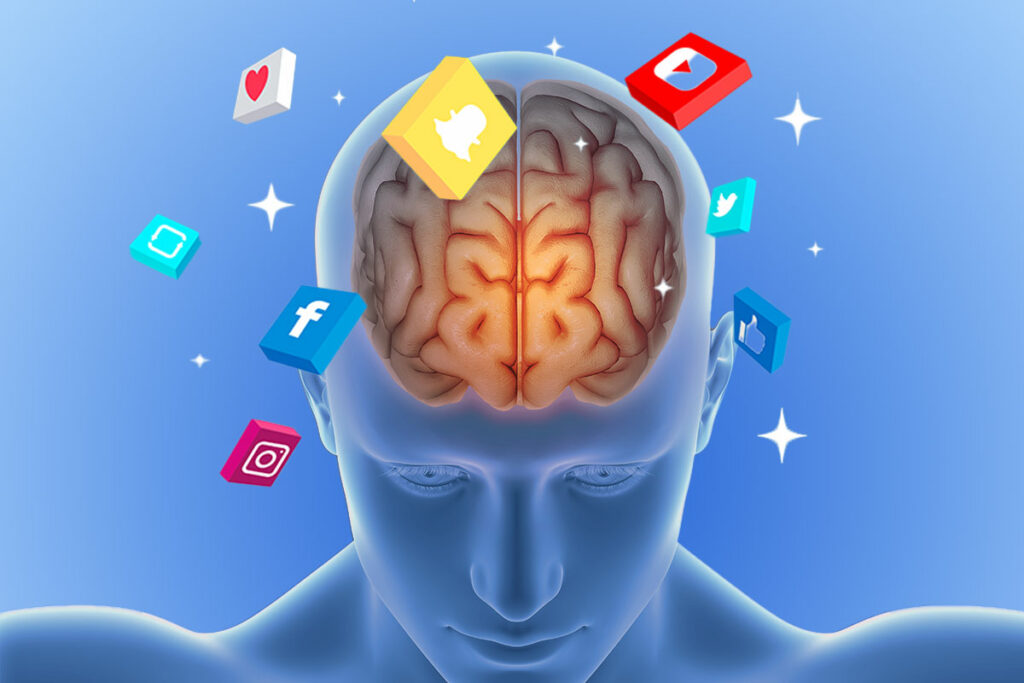We live in a world where screens dominate nearly every moment of our lives. From the minute we wake up to when we go to bed, we’re surrounded by emails, social media feeds, news updates, and endless entertainment streaming at our fingertips. While technology has undoubtedly enriched our lives, the constant digital stimulation comes with a cost.
That is why it is time for digital fasting, a refreshing habit designed to help us regain balance for both our mind and body.
Digital fasting means intentionally taking breaks from digital devices like smartphones, tablets, and computers. Just as intermittent fasting provides physical benefits by giving the digestive system a rest, digital fasting provides similar rest and recovery for our overworked brains.
Here’s how stepping away from screens can boost your mental and physical well-being, along with tips to incorporate it into your life.
Benefits for Your Mind
Reduced Stress and Anxiety
Endless notifications, messages, and the pressure to stay connected can lead to mental overload. Studies show that overexposure to digital content, particularly social media, is linked to increased stress, anxiety, and feelings of inadequacy. Taking a break from your digital devices allows your mind to disconnect and recharge.
Enhanced Focus and Productivity
Constant screen time overstimulates the brain, making it harder to focus on a single task. Digital fasting trains your brain to regain attention span and concentrate better. By setting aside designated phone-free hours, you can redirect your energy towards more meaningful, uninterrupted work or hobbies.
Improved Sleep Quality
The blue light emitted by screens can interfere with melatonin production, which is vital for sleep. Research has found that decreasing screen usage before bedtime significantly improves sleep quality and helps regulate the body’s circadian rhythm. A digital fast in the evening lets your mind unwind, promoting restful and restorative sleep.
Benefits for Your Body

Eye Health and Reduced Fatigue
Staring at screens for hours can lead to digital eye strain, causing dry eyes, headaches, and blurred vision. Taking regular breaks through digital fasting reduces these symptoms, giving your eyes a much-needed rest. This practice can also help lower physical fatigue caused by poor posture from hunching over devices.
Boosts Physical Activity
Screen time is often associated with long periods of physical inactivity. By unplugging from your devices, you free up time to engage in physical activities like walking, yoga, or even simple stretches. A digital fast helps you reconnect with your body, encouraging movement and a healthier lifestyle.
How to Incorporate Digital Fasting into Daily Life?
Start Small
You don’t have to go completely cold turkey to experience the benefits. Begin with brief, manageable fasting periods, such as one hour a day or a screen-free Sunday morning. Gradually increase your device-free time as you grow more comfortable with the habit.
Set Boundaries
Designate specific times or zones in your home as screen-free. For example, commit to no devices during meals or an hour before bed. Use this time for meaningful activities like connecting with loved ones, reading, or meditating.
Use Tech to Your Advantage
Ironically, technology can help you with digital fasting! Apps like Apple’s “Focus” mode or downtime trackers restrict access to time-consuming apps, keeping you accountable and mindful of your device usage.
Replace Screens with Unplugged Activities
Instead of endlessly scrolling, engage in activities that don’t rely on screens. Try journaling, gardening, cooking, or simply going for a walk. These activities nourish both your mind and body while fostering creativity and self-expression.
Conclusion
Digital fasting is more than a trend, it’s a powerful tool for reclaiming mental clarity, physical health, and balance in an overstimulated world. By stepping away from screens, even for short periods, you allow your mind and body to reset, recharge, and refocus on what truly matters.







